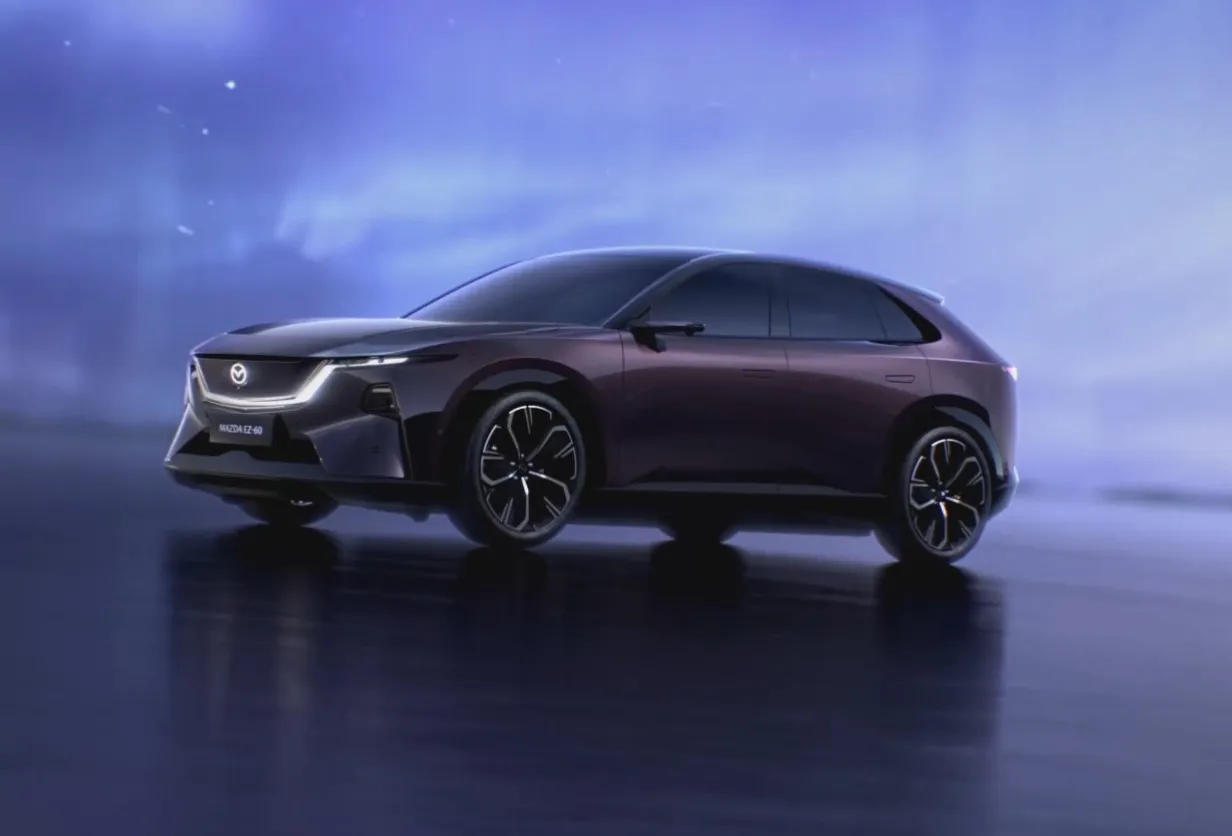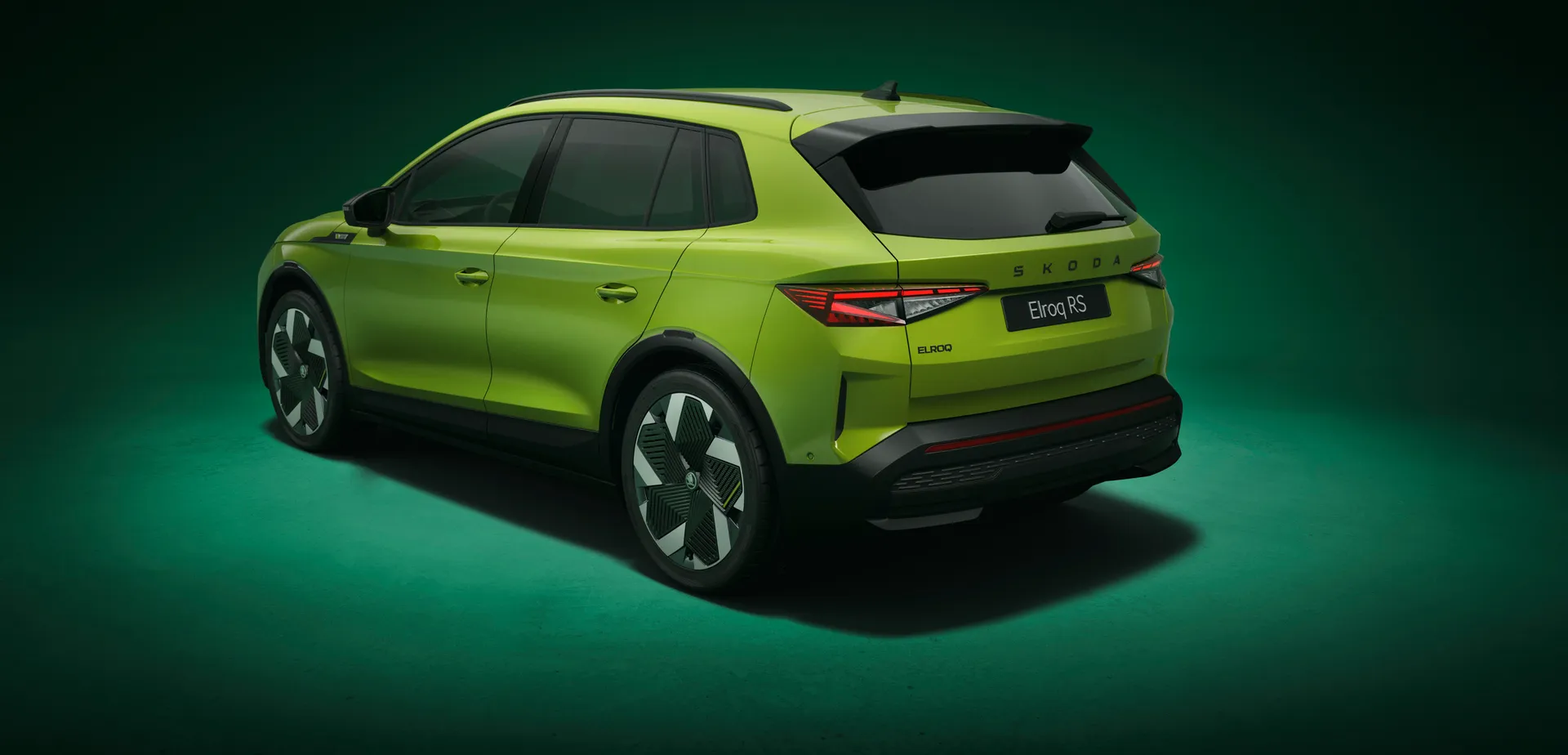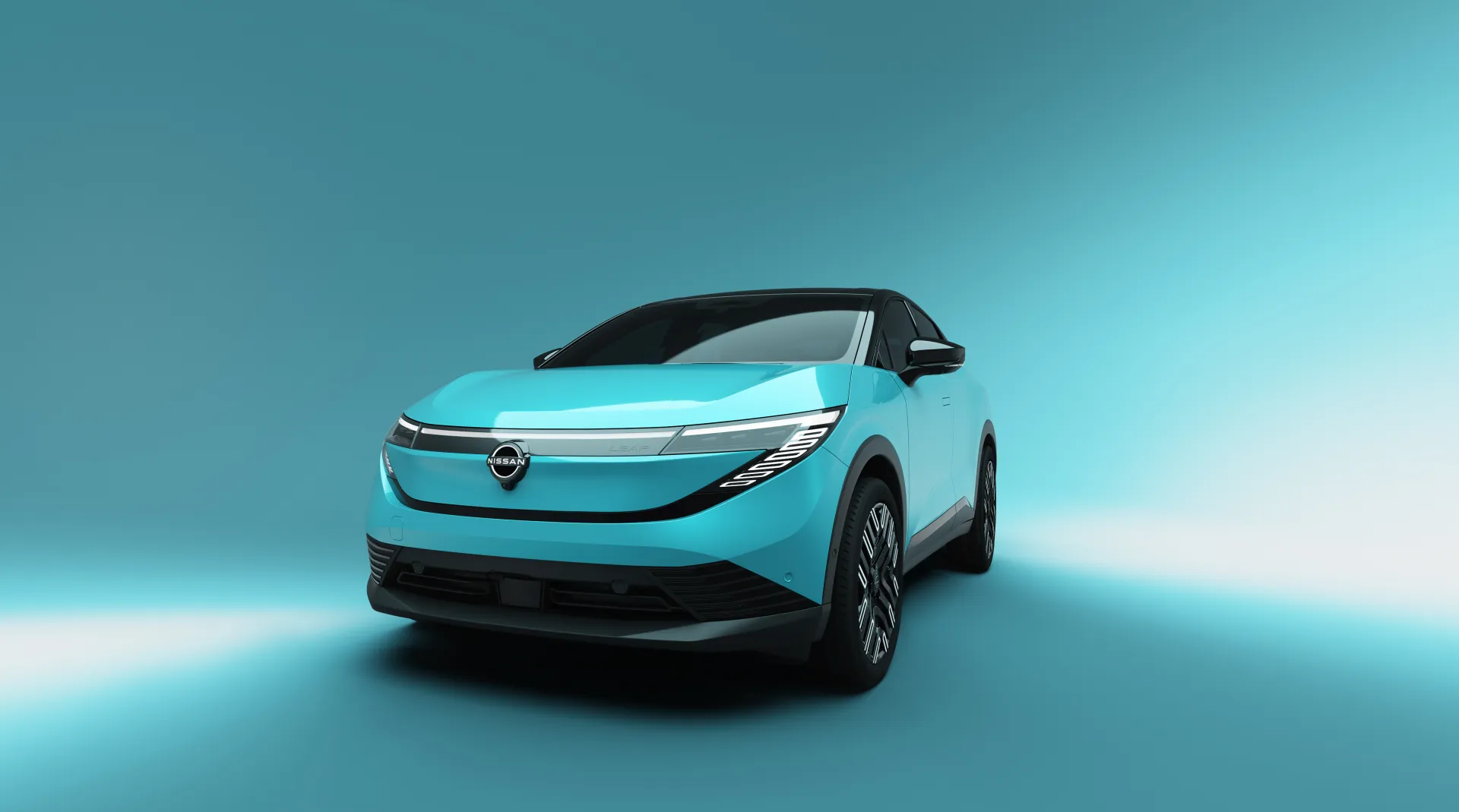Best family cars

New 2026 Mazda CX-6e

New 2025 Skoda Elroq vRS

New 2025 Nissan Leaf

Audi S5 Review
The Volkswagen Passat Estate is one of the best estate cars in its class. While some of that is because fewer and fewer manufacturers are offering such things these days, it’s mostly because VW has simply got the basics right: plenty of space for passengers and luggage, excellent finish and comfort, and a huge range of models to choose from.
It was a little expensive compared to some rivals when new, but as a used buy that’s less of an issue, and the Passat’s generally high levels of equipment mean you’re getting a lot of car for the money. It’s a car that should definitely be on your shortlist.
Another you could consider is the Skoda Superb Estate, which is very similar to the Passat under the skin, while other large estates include the Ford Mondeo Estate, Vauxhall Insignia Sports Tourer, Volvo V90, and Mercedes-Benz E-Class Estate.
Like its Skoda Superb Estate cousin, the Volkswagen Passat Estate is from the same school of thought as those old boxy Volvo estates from the ‘80s and ‘90s, letting swoopier-roofed wagons and chunky SUVs get on with the business of being fashionable, while it concentrates on offering maximum passenger and boot space.
With 650 litres of boot space with the rear seats in place, it’s only 10 litres shy of the Superb Estate (the 560-litre boot of the biggest Volvo estate, the V90, just can’t compete), and the Passat similarly offers low-key but really quite handsome styling, a smart and well-built cabin, and gets one over on the Skoda by arguably having the better image, thanks to that VW badge.
VW has set up the Passat Estate with comfort in mind. It’s not as nimble as a Volkswagen Golf, but it rides even better, especially on some of the smaller wheel options. The DCC variable damping on some models isn’t essential in terms of comfort, but gives you the option of sportier handling when the mood takes you.
There’s a huge range of engines too, which should meet the needs of just about all potential estate buyers. The top petrol and diesel versions are very brisk indeed but probably overkill for a family wagon (and if you’re spending that money, there are more prestigious alternatives available), but all bar the 1.6 TDI should move plenty fast enough for most duties, and they’re refined too.
55-72 of 132 vehicles
The Skoda Superb Estate and Volvo V90 are the Passat’s closest competitors for space and comfort. The Ford Mondeo Estate and Vauxhall Insignia Sports Tourer are good value but not quite as cavernous, while at the more premium end of the market, the 650-litre Mercedes-Benz E-Class Estate is one of few with a boot as big as the VW and Skoda.
A Volkswagen Passat Estate not for you? We've got 1000s of used cars for sale to suit all budgets and needs.
With nine drivetrain options and eight trim levels since 2020 alone, choosing the right Passat Estate can be a little tricky. There’s no such thing as the wrong choice, really, so we’d err on the side of simplicity and suggest one of the 150PS engines - which means either the 1.5 TSI EVO petrol, or the 2.0 TDI EVO diesel - as both have peppy performance, a choice of gearboxes (both of which are smooth to operate), and decent on-paper economy figures.
The much more powerful petrol and diesel engines are pretty quick, but don’t magically turn the big, comfy Passat into a sports car. Still, R-Line trim is an easy way of making the car look sharper, though SE and SEL are probably the sweet spots for decent kit levels without too much expense. We do have a soft spot for the rufty-tufty Alltrack, too, though these are relatively rare.
The current generation Passat Estate has been around since 2015 so Volkswagen has offered the model in numerous trim levels over the years, but to keep things simple we’re looking at 2020-on models below. It’s still a very wide range, beginning in SE trim and topping out with the off-road inspired Alltrack and the sporty GTE plug-in hybrid, which itself comes in two trims. All models get alloy wheels, air conditioning and a colour touchscreen infotainment system as a minimum.
The Volkswagen Passat Estate’s dimensions are:
The Volkswagen Passat Estate’s boot size is:
Depending on year and specification, some Passat Estates attract a higher rate of road tax, as they exceed the £40,000 threshold at which the government applies a surcharge to VED. These models (a few R-Lines, all R-Line Editions, the GTE Advance, and some others depending on year) will cost either £570 a year, or £10 cheaper for the plug-in GTE. From their seventh year of registration onwards, this drops down to the lower rate for all other post-April 2017 Passat Estates, of £180 per year (£170 for the GTE).
At the very bottom of the range a 1.6 TDI in SE trim begins in insurance group 12, though this quickly steps up to group 15 for SEL trim. The 1.5 petrol starts at group 20, and the 2.0 TDI in group 21. The GTE range starts in group 28, and the 240PS BiTDI and 272PS TSI are both in group 33. Skoda Superb Estates of equivalent age span groups 14-31.
Read our full Volkswagen Passat Estate
£39,499
£41,999
£36,250
£40,890
£35,050
£34,499
£34,990
£39,950
£39,509
£36,827
£37,990
£39,700
£38,332
£2,852 off£30,990
£38,024
£37,999
£33,995
£27,990
What is the most popular colour for Volkswagen Passat Estate ?
What is the most popular gearbox for Volkswagen Passat Estate ?
What is the most popular fuel type for Volkswagen Passat Estate ?
What is the most popular engine for Volkswagen Passat Estate ?
What is the average mileage for Volkswagen Passat Estate ?
15280
How many Volkswagen Passat Estate cars are available for sale?
132